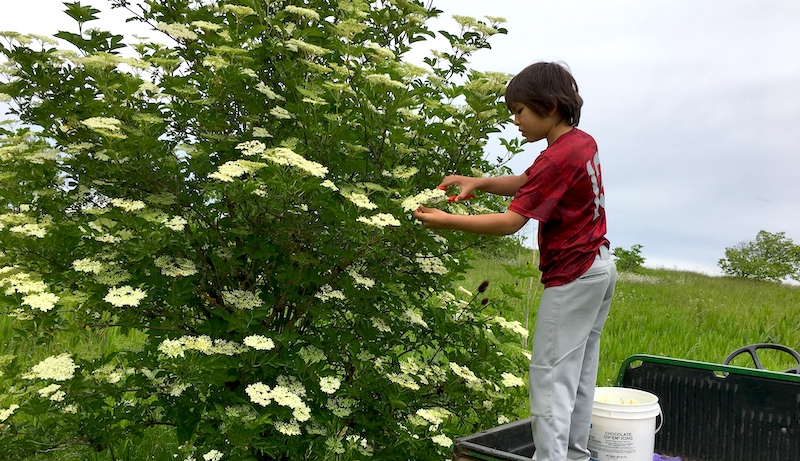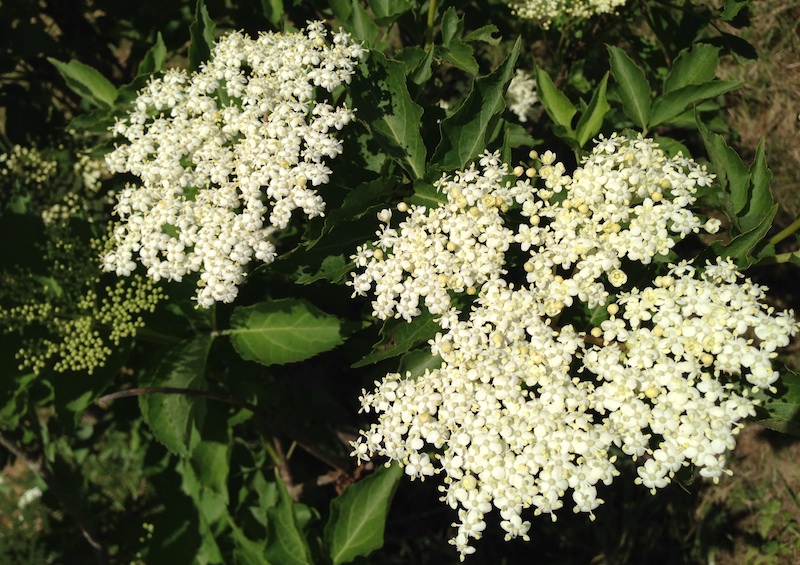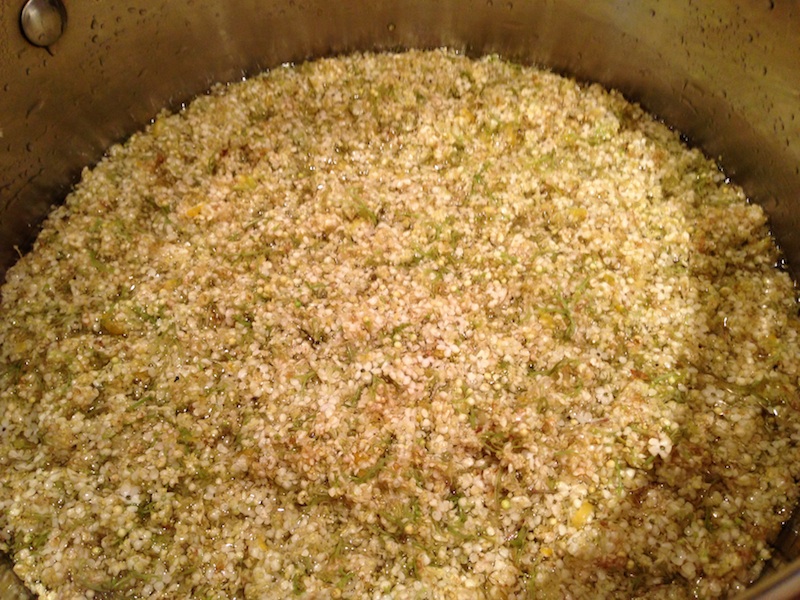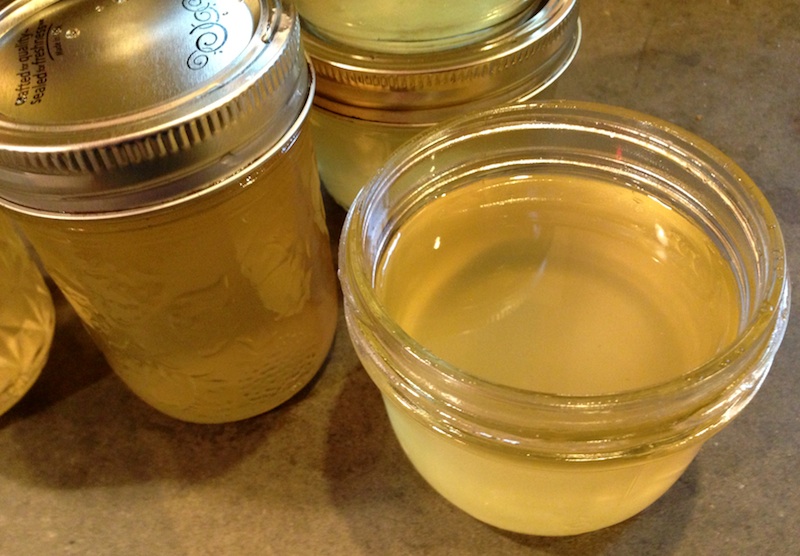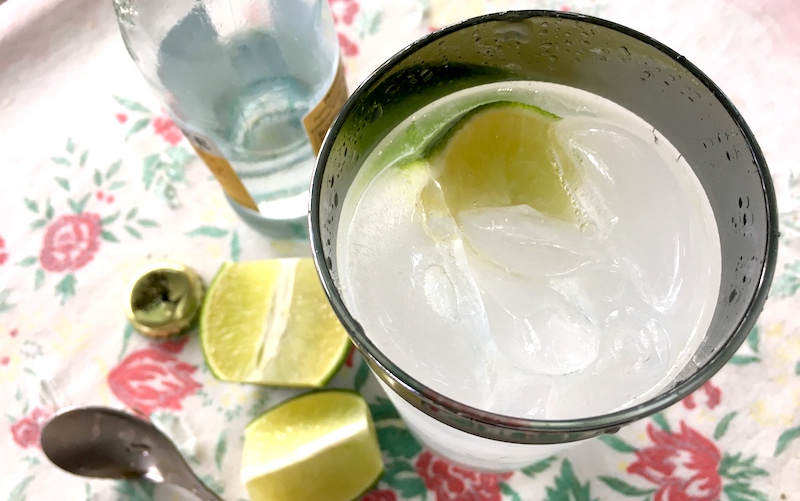
Summer Quencher: Classic Gin & Tonic
Whenever my mother would visit, the first thing we did was to sit her down and hand her a gin and tonic. You might say it was the family's signature cocktail, since even before I had been introduced to the joys of a good gin, my father had instructed me in the art of making a decent gin and tonic.
To wit: a glass two-thirds full of ice, two fingers of clear-as-an-icy-mountain stream gin poured over said ice, then fill with tonic—whether plain or artisanal, it made no difference. A final touch was a wedge of lime squeezed over the top and dropped into the glass. A brief stir with a cocktail spoon (or even a finger—the alcohol would vanquish any germ that dared intrude) and it was done. No recipe, no finicky measuring of ingredients. Just gin, tonic and lime over ice was all that was required.
Some of the aunties preferred a little less gin, a little more tonic—that was fine. Some uncles may have tipped a splash more gin in the mix; no shame there, either. Ratios of two parts gin to five parts tonic may be touted by rules-bound aficonados, but in our family a perfect gin and tonic was always a personal matter, a ratio determined when the complex variables of mood, external and internal temperature, maybe even altitude (who knows?) came into play.
The one rule that always applied? Sip and enjoy.
Classic Gin and Tonic
Gin
Tonic
Lime wedge
Fill glass 3/4 full of ice. Pour in two fingers of gin. Fill with tonic. Squeeze lime wedge over top and drop it in the glass. Briefly stir to combine.
Elderflower Gin and Tonic
Gin
Tonic
1 to 1 1/2 cocktail spoons elderflower syrup (equivalent to 1 to 1 1/2 tsp.)
Lime wedge
Fill glass 3/4 full of ice. Pour in two fingers of gin and add elderflower syrup. Fill with tonic. Squeeze lime wedge over top and drop it in the glass. Briefly stir to combine
